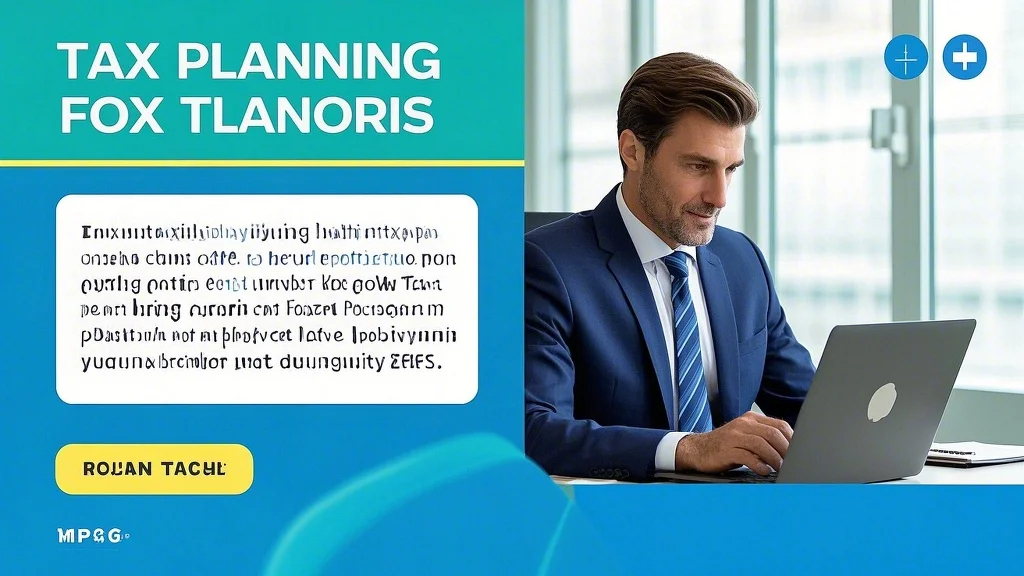Maximizing Retirement Account Contributions
One of the most effective tax planning tips 2025 involves fully utilizing retirement accounts to lower your taxable income. The IRS allows contributions to traditional IRAs and 401(k)s to be deducted from your gross income, potentially moving you into a lower tax bracket. For 2025, the contribution limit for 401(k) plans is expected to increase to $23,000 ($30,500 for those 50 and older), while IRA limits may rise to $7,000 ($8,000 for older investors). These accounts represent powerful tax-saving investment plans because they not only reduce current taxes but allow your investments to grow tax-deferred for decades.
High-income earners should explore additional options like SEP IRAs or Solo 401(k)s if they have self-employment income. These accounts permit much higher contributions – up to 25% of net earnings or $69,000 in 2025, whichever is less. For those implementing comprehensive tax-efficient wealth management strategies, combining multiple retirement accounts can create substantial tax savings while building long-term wealth. Remember that Roth conversions, while taxable events, can be strategically timed during lower-income years as part of a multi-year plan to how to reduce tax liability over your lifetime rather than just the current year.
Harvesting Investment Losses Strategically
Tax-loss harvesting remains one of the most valuable capital gains tax strategies for investors with taxable brokerage accounts. This technique involves selling investments that have declined in value to offset realized capital gains from other investments. In 2025, with potential market volatility continuing, opportunities for loss harvesting may be plentiful. The IRS allows you to deduct up to $3,000 in net capital losses against ordinary income each year, with additional losses carrying forward indefinitely. This approach forms a key component of sophisticated tax-efficient wealth management plans.
When implementing loss harvesting as part of your tax planning tips 2025, be mindful of the wash-sale rule which prohibits claiming losses if you repurchase substantially identical securities within 30 days. Many investors use this waiting period to maintain market exposure by purchasing similar (but not identical) investments. For those exploring how to reduce tax liability, pairing loss harvesting with careful timing of gain realizations can significantly lower your annual tax bill. This strategy works particularly well when coordinated with charitable giving of appreciated securities, allowing you to avoid capital gains entirely on donated assets.

Optimizing Charitable Giving Strategies
Philanthropy can be transformed into one of the most impactful tax-saving investment plans when executed strategically. Donor-advised funds (DAFs) allow you to make a charitable contribution in a high-income year (claiming the tax deduction immediately) while distributing grants to charities over time. For those over 70½, qualified charitable distributions (QCDs) from IRAs satisfy required minimum distributions (RMDs) without increasing taxable income – a powerful tool in tax-efficient wealth management for retirees. These techniques demonstrate how charitable intent can align with smart tax planning.
Appreciated securities represent the most tax-efficient assets to donate as part of your capital gains tax strategies. By donating stocks or mutual funds held more than one year, you avoid paying capital gains tax while still claiming the full market value as a charitable deduction. For 2025, with potential changes to tax laws looming, bundling multiple years’ worth of charitable giving into a single year might maximize deductions before possible limitations take effect. These approaches to how to reduce tax liability through philanthropy require coordination with your overall financial plan but can yield substantial tax benefits while supporting causes you care about.
Strategic Use of Tax-Advantaged Accounts
Beyond traditional retirement accounts, several specialized vehicles can enhance your tax planning tips 2025 strategy. Health Savings Accounts (HSAs) offer triple tax advantages – deductible contributions, tax-free growth, and tax-free withdrawals for qualified medical expenses. For 2025, the HSA contribution limits are $4,300 for individuals and $8,600 for families, with an additional $1,000 catch-up contribution for those 55 and older. These accounts represent some of the most powerful tax-saving investment plans available, especially when maximized year after year and allowed to grow long-term.
529 college savings plans have expanded their usefulness in comprehensive tax-efficient wealth management strategies. Recent changes allow up to $35,000 of unused 529 funds to be rolled into a Roth IRA for the beneficiary, providing additional flexibility. For those exploring capital gains tax strategies, 529 plans offer state tax deductions (in many states) on contributions plus tax-free growth when used for qualified education expenses. With the rising cost of education, these accounts can simultaneously address family financial goals while reducing current tax burdens – a dual benefit that makes them worth considering in any holistic approach to how to reduce tax liability.
Business Owner Tax Reduction Tactics
Entrepreneurs and small business owners have access to unique tax planning tips 2025 that can significantly lower their tax bills. Accelerated depreciation methods like bonus depreciation and Section 179 expensing allow immediate deduction of capital equipment purchases. Retirement plans for small businesses, such as SEP IRAs or cash balance plans, can shelter large portions of business income from taxes while building wealth. These options demonstrate how tax-saving investment plans can be particularly powerful for business owners who have more flexibility in how they structure their compensation and investments.
Entity structure optimization forms another critical element of tax-efficient wealth management for business owners. The choice between S-corporation, C-corporation, or LLC taxation can have major tax implications, especially with potential legislative changes in 2025. Many business owners benefit from employing family members in legitimate roles, shifting income to lower tax brackets. For those implementing comprehensive capital gains tax strategies, qualified small business stock (QSBS) offers potential exclusion of up to $10 million in capital gains when certain requirements are met. These specialized techniques require professional guidance but can yield substantial tax savings for eligible business owners.
Year-Round Tax Planning Mindset
The most effective approach to how to reduce tax liability involves maintaining tax awareness throughout the year rather than scrambling at year-end. Quarterly estimated tax payments should be adjusted based on income fluctuations to avoid underpayment penalties without overpaying unnecessarily. Monitoring your marginal tax bracket informs decisions about when to realize income or harvest gains. This proactive stance represents the essence of sophisticated tax planning tips 2025 that go beyond basic deduction gathering to optimize your complete financial picture.
Implementing these strategies as part of your tax-efficient wealth management plan requires coordination across all aspects of your financial life. Regular meetings with your tax professional – not just at filing time – can identify opportunities as they arise rather than after the fact. With potential tax law changes looming in 2025, staying informed and flexible will be crucial to adapting your capital gains tax strategies as needed. Remember that the goal isn’t just to minimize this year’s taxes, but to develop an ongoing system that reduces your lifetime tax burden while supporting your broader financial objectives.
